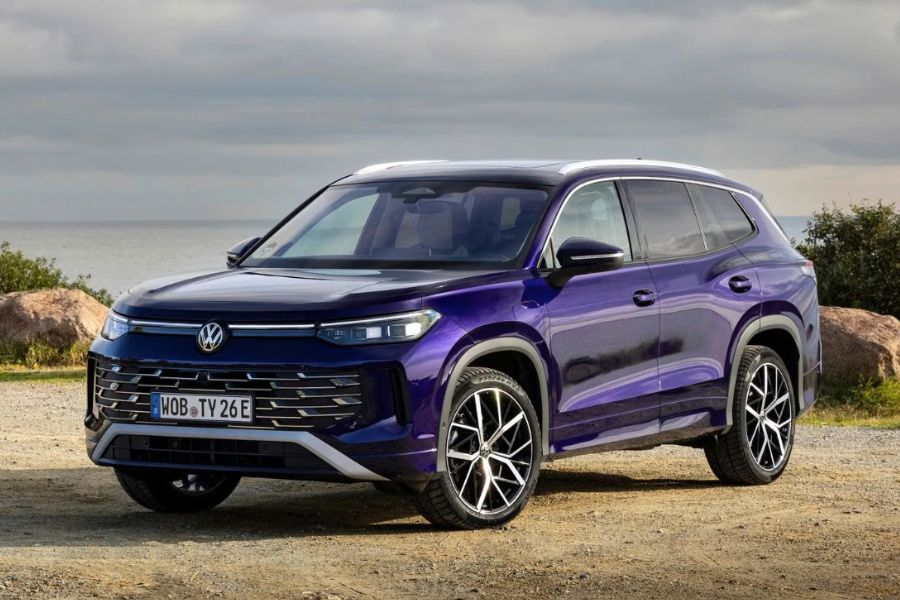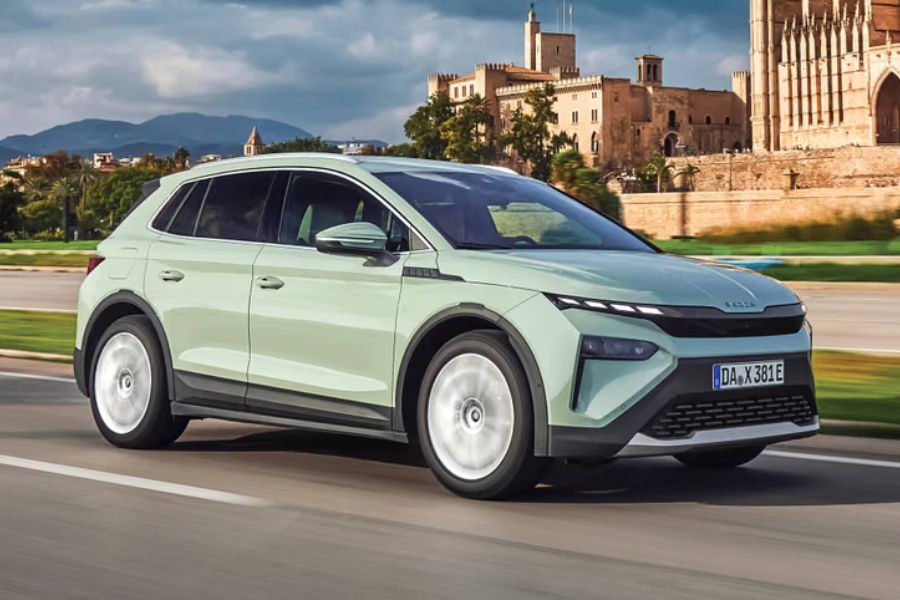The Maruti Suzuki Grand Vitara and Hyundai Creta are popular choices in the midsize SUV segment, both offering petrol-automatic versions that cater to a significant market demand. With the Grand Vitara priced between Rs 13.6 lakh-16.91 lakh and the Creta priced between Rs 15.86-18.88 lakh, potential buyers are often curious about how these vehicles stack up against each other, particularly in terms of fuel efficiency.
Powertrain Specifications
Both SUVs come equipped with 1.5-litre four-cylinder naturally aspirated petrol engines. The Hyundai Creta’s engine produces 115hp and 144Nm of torque, paired with a CVT gearbox. In contrast, the Maruti Grand Vitara’s engine delivers 103hp and 137Nm of torque and is mated to a 6-speed torque converter automatic transmission. Additionally, the Grand Vitara features mild-hybrid technology, including auto start/stop, torque assist, and brake energy recuperation.
ARAI Ratings and Real-World Performance
The ARAI (Automotive Research Association of India) has rated the Creta petrol-CVT at 17.7 kmpl and the Grand Vitara petrol-AT at 20.58 kmpl. While these numbers suggest that the Grand Vitara is more fuel-efficient on paper, real-world conditions often tell a different story.
Real-World Fuel Efficiency
Maruti Grand Vitara
- City Efficiency: 11.6 kmpl
- Highway Efficiency: 15.3 kmpl
- Combined Efficiency: 13.45 kmpl
The Grand Vitara benefits from its mild-hybrid technology, particularly the auto start/stop system, which helps achieve an impressive 11.6 kmpl in city driving. On the highway, it manages 15.3 kmpl, aided by the engine running at a comfortable 2,000 rpm at 100 kph. Overall, the Grand Vitara delivers a combined real-world fuel efficiency of 13.45 kmpl, which is still considerably lower than its ARAI rating.
Hyundai Creta
- City Efficiency: 10.31 kmpl
- Highway Efficiency: 13.78 kmpl
- Combined Efficiency: 12.05 kmpl
The Creta achieves 10.31 kmpl in urban settings and 13.78 kmpl on highways. Despite the CVT gearbox providing a smooth driving experience, it occasionally struggles at cruising speeds due to the engine’s torque limitations, leading to less optimal fuel efficiency. Consequently, the Creta records a combined real-world efficiency of 12.05 kmpl, which is slightly lower than the Grand Vitara’s figure.
Conclusion
In conclusion, while both the Maruti Grand Vitara and Hyundai Creta are competent SUVs, the Grand Vitara holds a slight edge in real-world fuel efficiency. It achieves better mileage in both city and highway conditions, thanks to its mild-hybrid system. However, the Creta still offers a competitive performance and might appeal to those who prioritize engine power and a smoother CVT driving experience. Potential buyers should consider these factors alongside the price difference when making their choice.
Read More:




